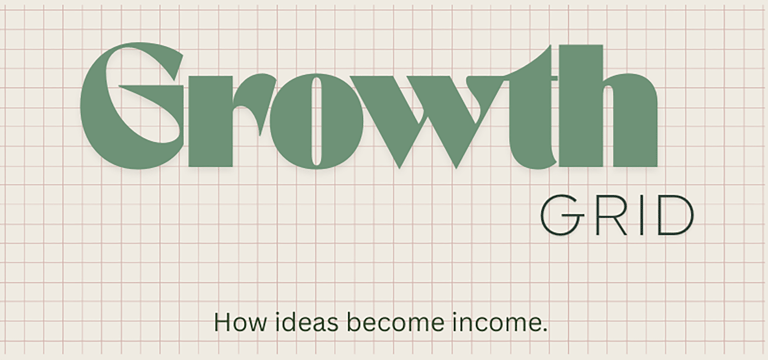Want to Create an Online Course But Don’t Know Where to Start? Thinkific Makes It Easy
o many people dream of launching an online course—sharing their skills, stories, or systems in a way that helps others and generates income. But the idea of building a course can feel intimidating. What platform should you use? How do you organize your content? What if you’re not “techy”? That’s exactly why Thinkific exists. It’s a user-friendly platform designed for beginners who are ready to build something of their own, even if they’ve never sold a digital product before. This post contains affiliate links.
GROW YOUR BUSINESS


Why Thinkific Works for New Creators
Thinkific makes it easy to build, launch, and sell online courses—even if you’ve never done it before. You don’t need to know how to code, and you don’t need a huge following to start. If you have knowledge that can help someone else, you have the foundation for a course.
Key Features That Make It Beginner-Friendly
No upfront costs to start with a free plan
Drag-and-drop builder to create lessons, quizzes, videos, and more
Custom branding so your course matches your aesthetic
Built-in checkout pages so you can start selling immediately
Integrates with your favorite tools like email platforms and analytics
How This Ties Into Affiliate Marketing
Growing your brand and your social media audience is easier when you’re offering real value. Creating a Thinkific course not only helps your audience—it also helps you stand out to affiliate partners. A digital product shows that you’re serious, skilled, and committed to growth.
Ok so.... How to Get Started with Thinkific (Without Getting Overwhelmed)?
Once you sign up for a free Thinkific account, you’ll walk through an easy onboarding process. Here’s what the first steps look like:.
1. Decide What You’re Teaching
Start by asking: What do people already come to me for advice on?
Examples:
Are you great at organizing a home with kids?
Do friends always ask how you started your Etsy shop?
Can you teach beginners how to use Canva or sell on Pinterest?
You don’t need a perfect curriculum—just one clear idea your audience wants help with.
2. Build a Simple Course Outline
Thinkific lets you drag and drop sections into place. A starter course might include:
An introduction video
3–5 short lessons (video, audio, or text)
A checklist or PDF download
A final “what’s next” wrap-up
You don’t need fancy equipment. A smartphone and your natural voice are often enough to get going.
3. Customize the Look
Choose your brand colors, upload a logo (or skip it for now), and name your course. Thinkific guides you through each step with beginner-friendly templates.
4. Set a Price (or Offer It for Free)
Not sure what to charge? Start with a free mini course to build trust or price it affordably (like $27–$47). Thinkific handles payments for you.
5. Publish and Share
Once you’re done, you can publish your course and start sharing the link on your social media, blog, or Pinterest. No separate website needed.
🎯 Bonus Tip:
You don’t need to finish the whole course before signing up. Use Thinkific’s free plan to explore the platform and get inspired. Sometimes seeing the layout sparks ideas!
Final Thoughts
You don’t need to be an expert—just one step ahead of your audience. Thinkific gives you the tools to turn your lessons, experiences, and systems into income. And once your first course is live, you’ve built something you can sell again and again.
Ready to build your first course?
👉 Click here to try Thinkific for free
This post contains affiliate links, which means we may earn a small commission if you sign up, at no extra cost to you.

